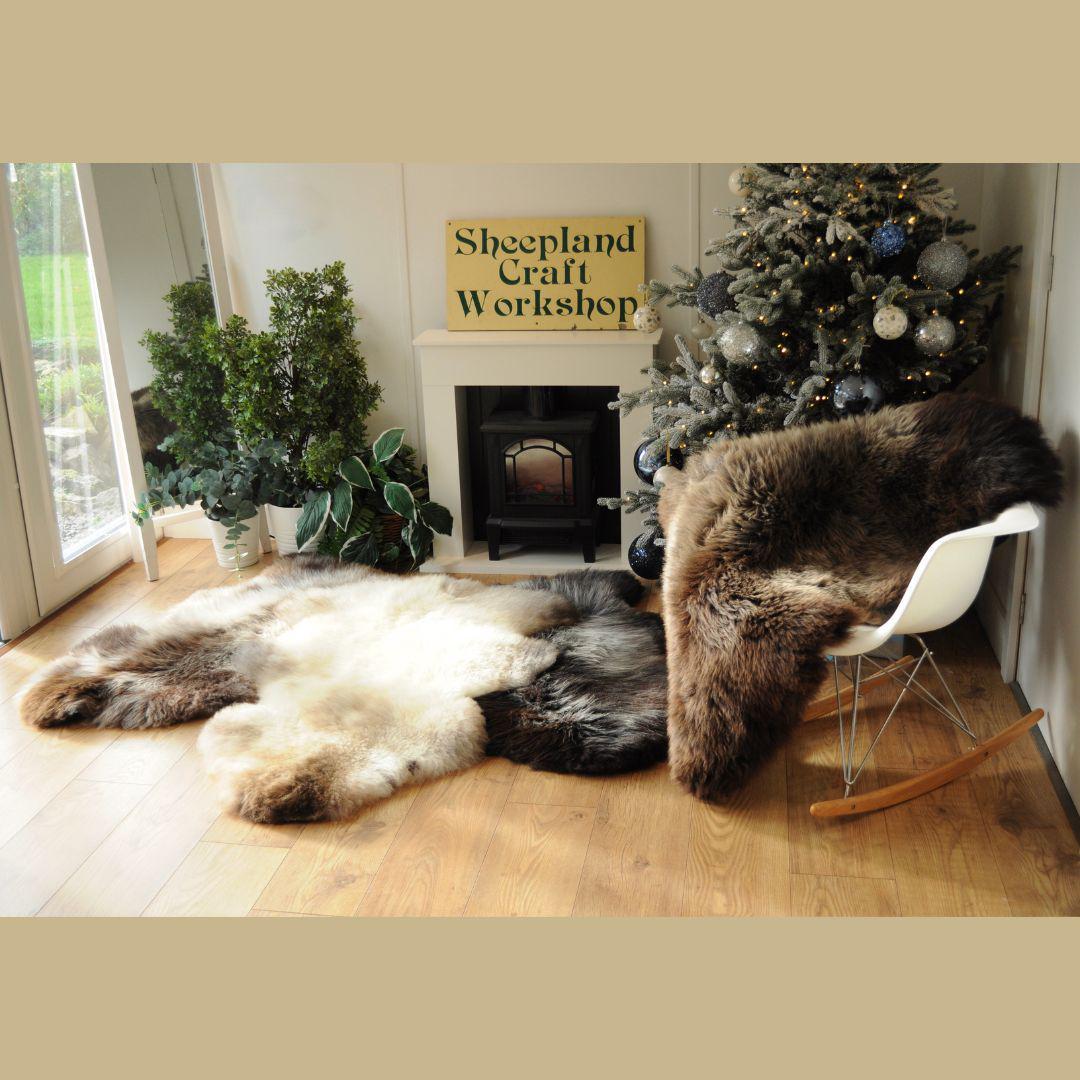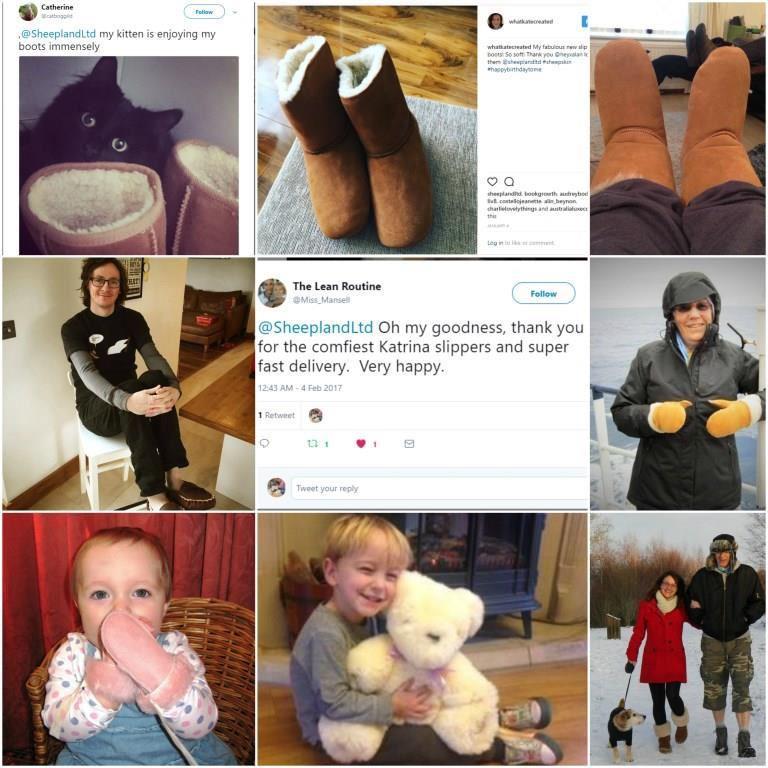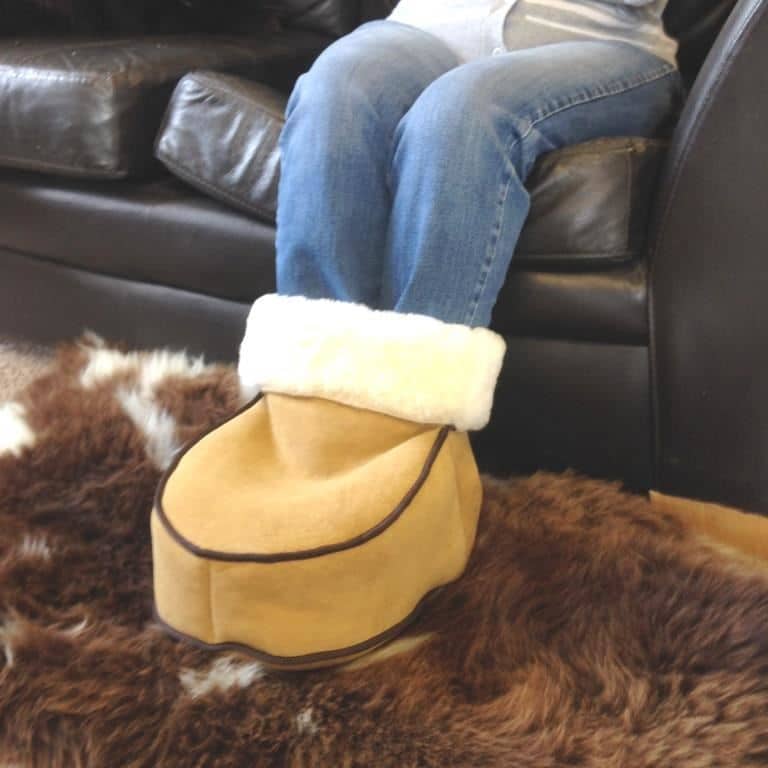Mary’s Little Lamb to the Rescue
Have you cleaned your car with our Sheepland Sheepskin Polish Mitt before setting off on your journey? You may only have a short drive, so pity the weary long-distance drivers, who must stay awake or risk serious accidents. Some folk enjoy head-banging music as they trundle along, while others may warble a nursery rhyme, such as ‘Mary had a Little Lamb’. Now, what if the road itself played a tune to help you remain alert? Such a road exists in South Korea, took four days to build and does indeed play ‘Mary had a little lamb’. The road was made by cutting grooves into the ground, and when driven over, tactile vibrations and audible rumblings occur. These are then transmitted by the wheels through the vehicle’s chassis, forming a tune. There are musical roads in nine countries, including South Korea: Denmark, Japan, the USA, China, San Merino, Taiwan, the Netherlands and Ukraine.
A true story inspired the above nursery rhyme. Mary Sawyer, a 14 year old girl in the USA, was encouraged by her brother to take her pet lamb with her to school. The lamb became a favourite and an American writer, Sarah Josepha Hale (1788-1879), wrote the lyrics, which were then set to music by the composer Lowel Mason in the 1830s.
The words to ‘Mary had a Little Lamb’ are also famous for being the first words ever recorded by Thomas Edison on his phonograph. Edison’s voice was captured reciting the rhyme in about 1877.
Skipping now to another nursery rhyme, ‘Baa, Baa, Black Sheep’, which didn’t begin as the jolly ditty it later became. The earliest surviving version dates back to 1731. Many unsubstantiated theories have been propounded as to the meaning of the rhyme. A popular explanation is that it refers to the resentment caused by the swingeing taxes levied on wool by King Edward I in 1275. These taxes were referred to as the ‘Great’ or ‘Old Custom’ wool tax. The last few lines of the rhyme in its earliest surviving version reflected the inequalities of the taxation system:
Three bags full,
Two for my master,
One for my dame,
None for the little boy
That cries in the lane.
The ‘master’, who receives the lion’s share, is the King, the ‘dame’ is the Church and the ‘little boy’ alludes to the shepherd or farmer, whose hard labour produced the wool. The wording was later changed to,
‘And one for the little boy
Who lives down the lane’,
to make it more palatable to children.
In 1951, ‘Baa, Baa’, etc., and ‘In the Mood’, were the first songs ever to be digitally saved and played on a computer.
Released On 9th May 2018


















